| __timestamp | Stanley Black & Decker, Inc. | Westinghouse Air Brake Technologies Corporation |
|---|---|---|
| Wednesday, January 1, 2014 | 174600000 | 61886000 |
| Thursday, January 1, 2015 | 188000000 | 71213000 |
| Friday, January 1, 2016 | 204400000 | 71375000 |
| Sunday, January 1, 2017 | 252300000 | 95166000 |
| Monday, January 1, 2018 | 275800000 | 87450000 |
| Tuesday, January 1, 2019 | 240800000 | 209900000 |
| Wednesday, January 1, 2020 | 200000000 | 162100000 |
| Friday, January 1, 2021 | 276300000 | 176000000 |
| Saturday, January 1, 2022 | 357400000 | 209000000 |
| Sunday, January 1, 2023 | 362000000 | 218000000 |
| Monday, January 1, 2024 | 0 | 206000000 |
Igniting the spark of knowledge
In the competitive landscape of industrial innovation, research and development (R&D) spending is a critical indicator of a company's commitment to future growth. Over the past decade, Westinghouse Air Brake Technologies Corporation and Stanley Black & Decker, Inc. have demonstrated distinct strategies in their R&D investments. From 2014 to 2023, Stanley Black & Decker consistently outpaced its counterpart, with R&D expenses growing by over 100%, peaking in 2023. Meanwhile, Westinghouse Air Brake Technologies saw a remarkable surge in 2019, with a 140% increase from the previous year, highlighting a strategic pivot. By 2023, both companies had significantly increased their R&D budgets, reflecting a shared vision for innovation. This data underscores the importance of strategic R&D investments in maintaining competitive advantage and driving technological advancements in the industrial sector.
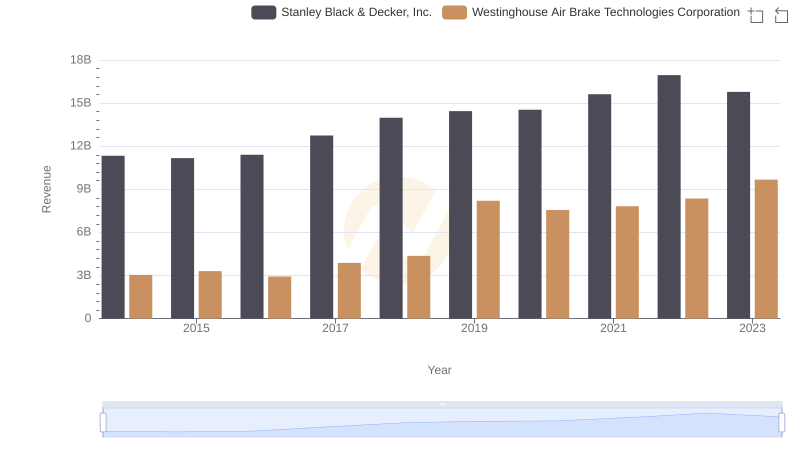
Westinghouse Air Brake Technologies Corporation vs Stanley Black & Decker, Inc.: Examining Key Revenue Metrics
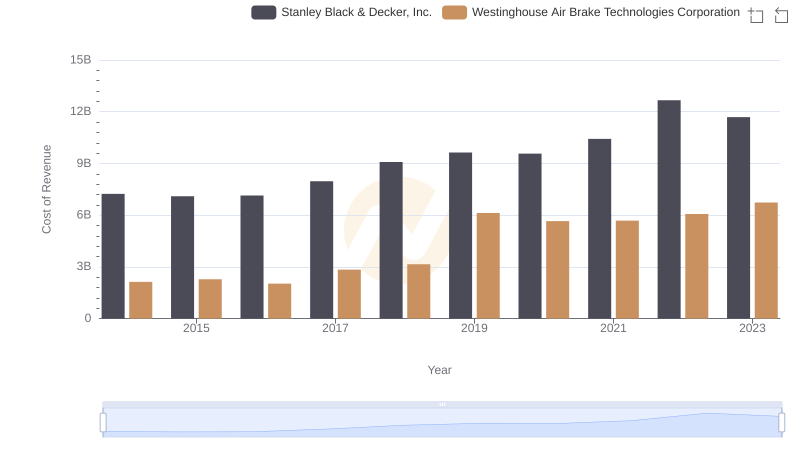
Cost of Revenue Trends: Westinghouse Air Brake Technologies Corporation vs Stanley Black & Decker, Inc.
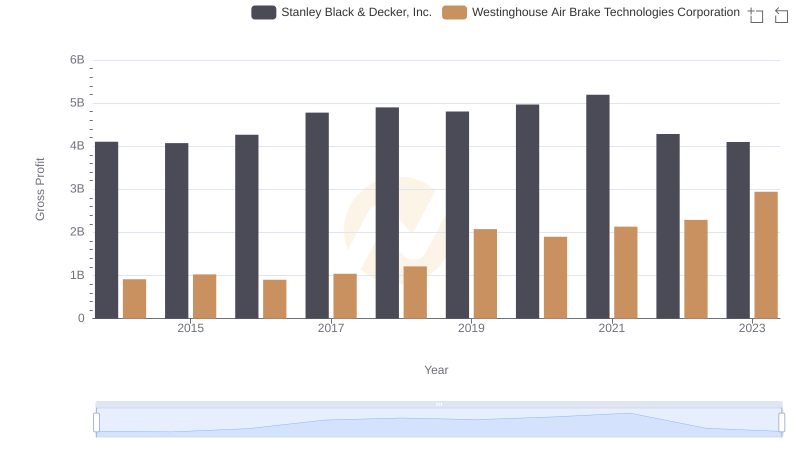
Who Generates Higher Gross Profit? Westinghouse Air Brake Technologies Corporation or Stanley Black & Decker, Inc.
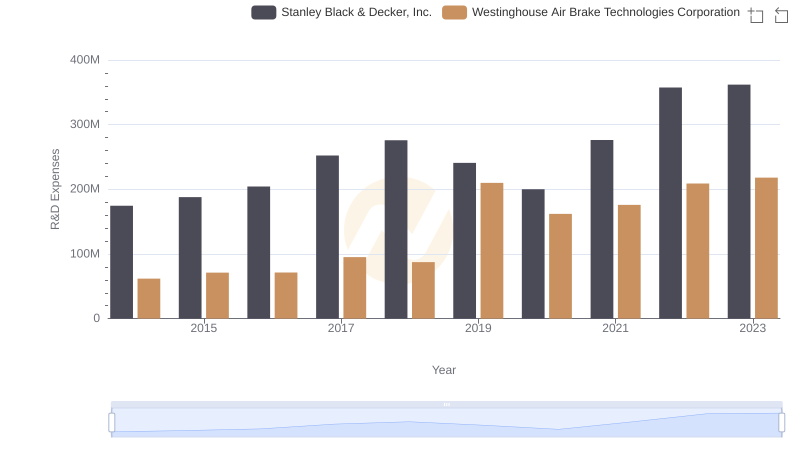
Comparing Innovation Spending: Westinghouse Air Brake Technologies Corporation and Stanley Black & Decker, Inc.
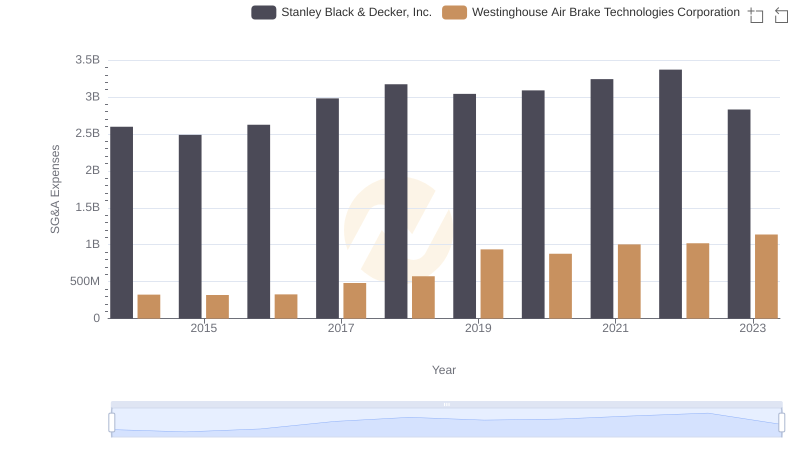
Who Optimizes SG&A Costs Better? Westinghouse Air Brake Technologies Corporation or Stanley Black & Decker, Inc.
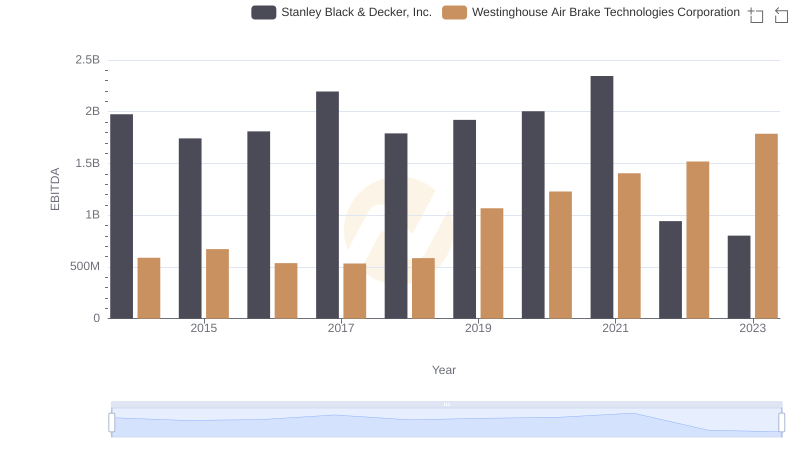
Comparative EBITDA Analysis: Westinghouse Air Brake Technologies Corporation vs Stanley Black & Decker, Inc.
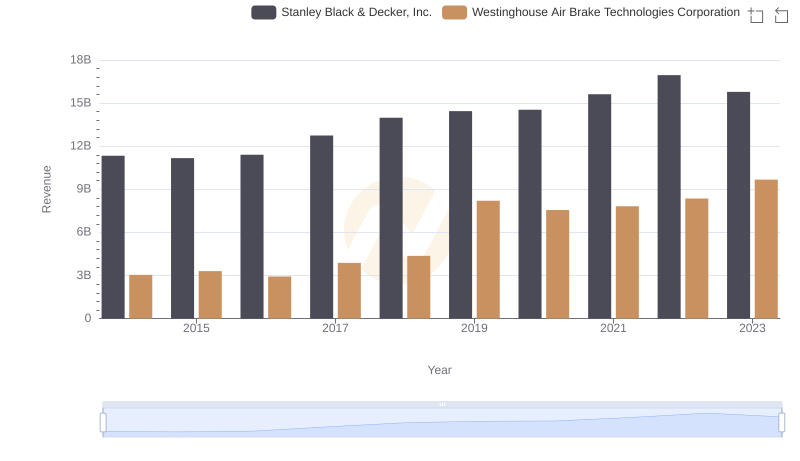
Breaking Down Revenue Trends: Westinghouse Air Brake Technologies Corporation vs Stanley Black & Decker, Inc.
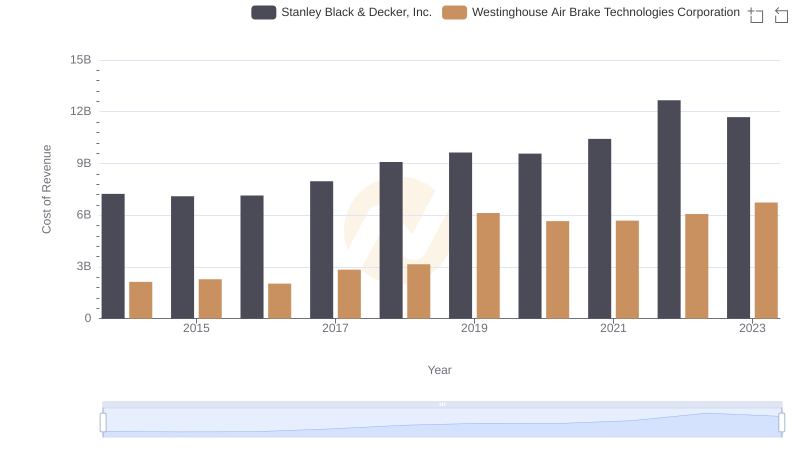
Cost of Revenue Comparison: Westinghouse Air Brake Technologies Corporation vs Stanley Black & Decker, Inc.
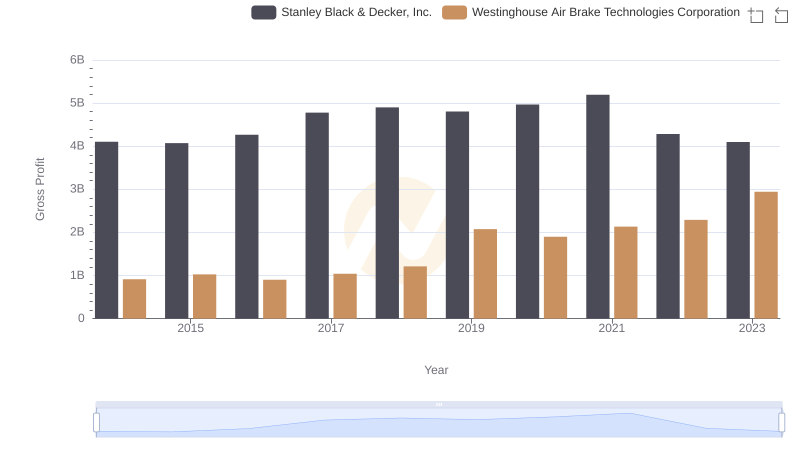
Who Generates Higher Gross Profit? Westinghouse Air Brake Technologies Corporation or Stanley Black & Decker, Inc.
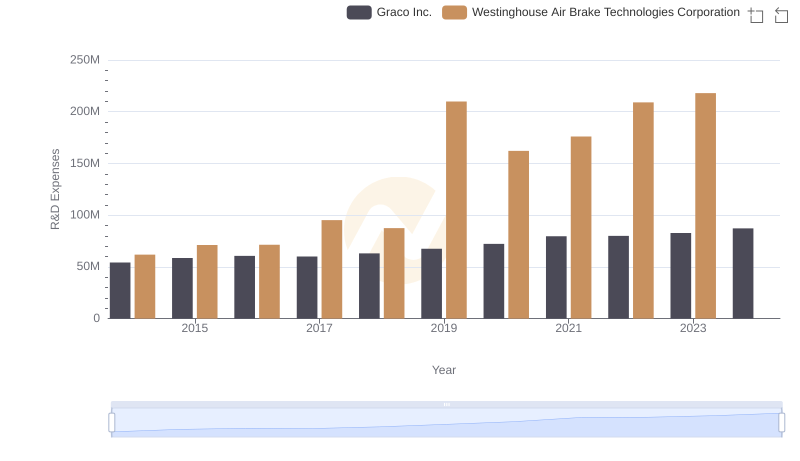
Who Prioritizes Innovation? R&D Spending Compared for Westinghouse Air Brake Technologies Corporation and Graco Inc.
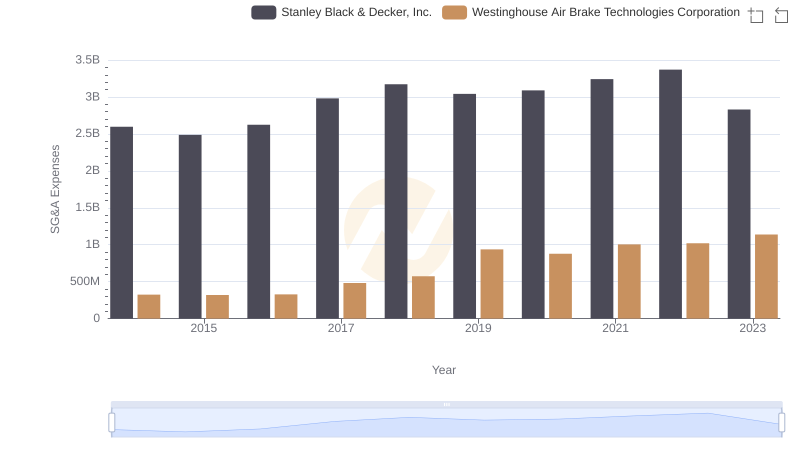
Selling, General, and Administrative Costs: Westinghouse Air Brake Technologies Corporation vs Stanley Black & Decker, Inc.
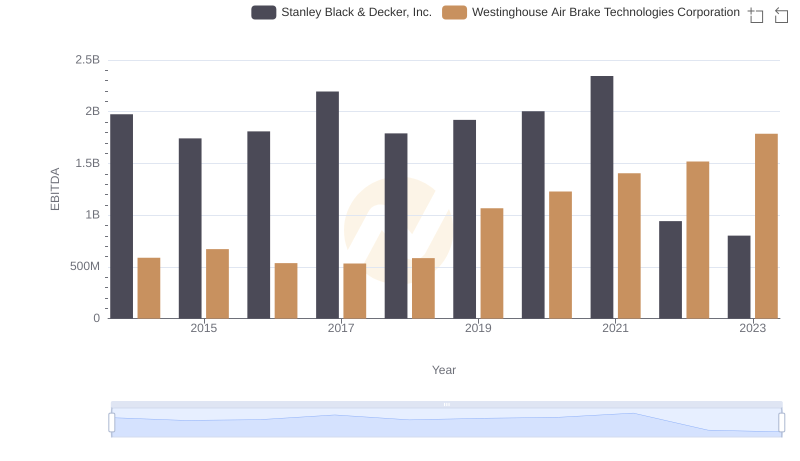
Westinghouse Air Brake Technologies Corporation and Stanley Black & Decker, Inc.: A Detailed Examination of EBITDA Performance